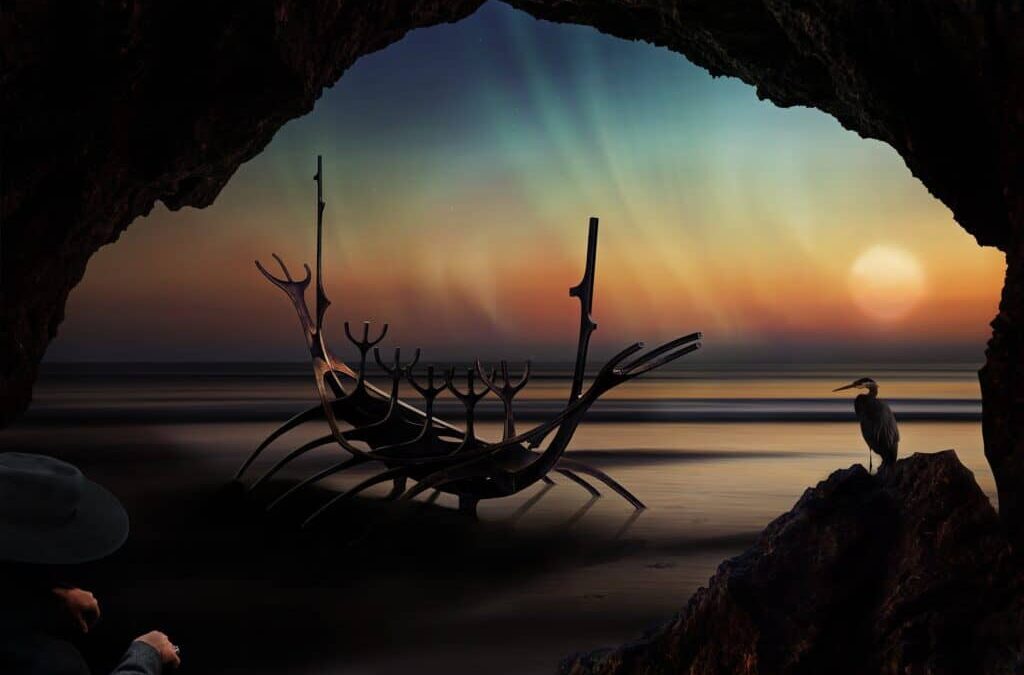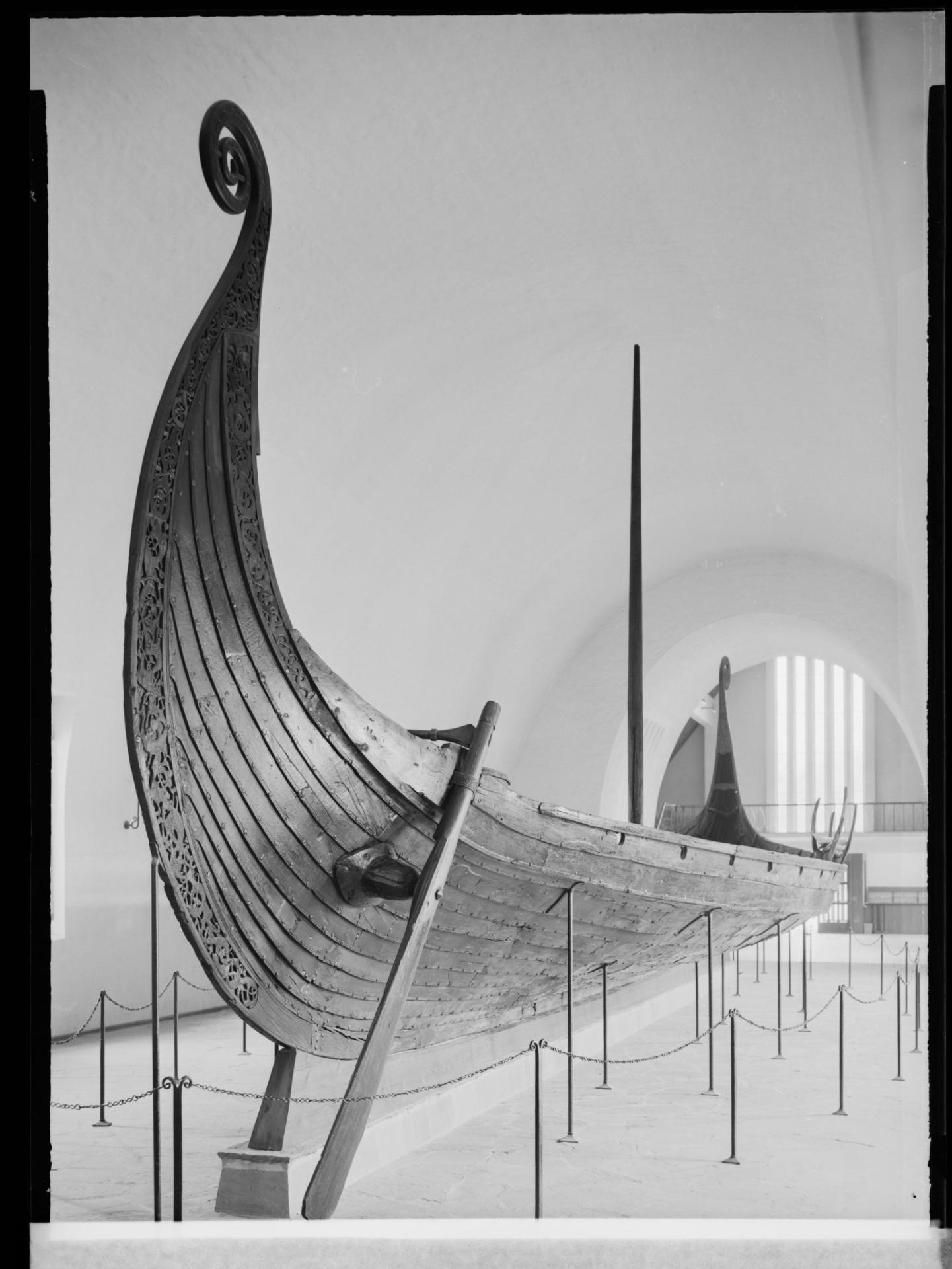Many of us are no doubt familiar with the Vikings – early medieval seafaring warrior traders from Scandinavia – and their colorful history. The lore of the Vikings has gained popularity in recent years as a result of the critically acclaimed series of the same name, where among other things, shield-maidens – Viking Amazons – feature prominently. Who can fail to be impressed – if not a little frightened – by Katheryn Winnick’s portrayal of the semi-mythical Lagertha?
An actual Viking seafaring woman…
However, here I would like to bring to the reader’s attention the seafaring Viking noblewoman associated with what is arguably the most beautiful ship ever to be unearthed from a burial mound, and known for the location where they were both discovered in Oseberg, Norway in 1903. The Oseberg ship was originally thought to have possibly belonged to Queen Åsa Haraldsdotter, but scholars are today far less certain as to the identity of the noblewoman who was buried with her ship in 834 AD.
Vikings used ships to ferry their dead…
Oseberg remains one of the most spectacular finds from the Viking period. When excavated in 1904, the mound contained a log-covered burial chamber with the bodies of two women, both approx. 153 centimeters tall and aged 50 and 70, a royal carriage, tapestries, seven beds, four sleighs, fifteen horses, four dogs, one ox, and the showstopper: a richly decorated Viking ship 21.5 meters in length and 5 meters wide. These were all things its occupant would need in the afterlife, and with their strong seafaring culture it is not surprising that Vikings used ships to ferry their dead to their ancestors. The Oseberg ship was between 14 and 19 years old when she was decommissioned – a long service life for a wooden vessel and indicating that she must have seen quite a bit of service. While of lighter construction than many later Viking ships, the Oseberg ship was an entirely seaworthy craft. It remains the most beautiful example of its type in existence: intricate carvings fore and aft and a stem and stern terminating in the head and tail, respectively, of a coiled serpent. In fact, the ship shows signs of some hard use, indicating that she was sailed rather aggressively – perhaps a bit too aggressively – at some point in her life.
Unfortunately, almost nothing is known of the two women who were buried with the Oseberg ship. It is possible that one of them was a trell (slave), sacrificed in order to join her master on her journey into the afterlife. On the other hand, both women may have been persons of importance. We will probably never know if the Oseberg queen was a more gentrified sort of aristocrat, or a sailing noblewoman who was not afraid to get her hands dirty rowing, reefing, or steering. We can only speculate. But, given the highly egalitarian nature of Viking society (the trell caste an exception, of course), I don’t believe it far-fetched to imagine the Oseberg queen at the helm of her own long-ship. Not a shield-maiden perhaps, but a true seafaring woman, not just one sitting bundled, bejeweled, and idle in her royal barge.
The Oseberg ship and the artifacts from its find can today be seen at the Viking Ship Museum on Bygdøy Island outside Oslo, Norway. For more information, please visit their website.
Photo above is from the Norwegian National Library.
Do you know a woman who was a pioneer on the water? Email us today at [email protected].
Tormod B. Engvig graduated from the U.S. Merchant Marine Academy in 2005, and obtained a master’s degree in history from American Military University in 2016. He is a published author and has lectured on naval and maritime history. In his day job, Tormod is a maritime officer on seismic research vessels, where he works six-week rotations. Before moving to the offshore oil industry, he worked on expedition ships, where he spent time exploring the high Arctic and Antarctica. He resides in the Los Angeles area with his wife, Kristen, their twin boys Finn and Sawyer, and three cats.











Recent Comments